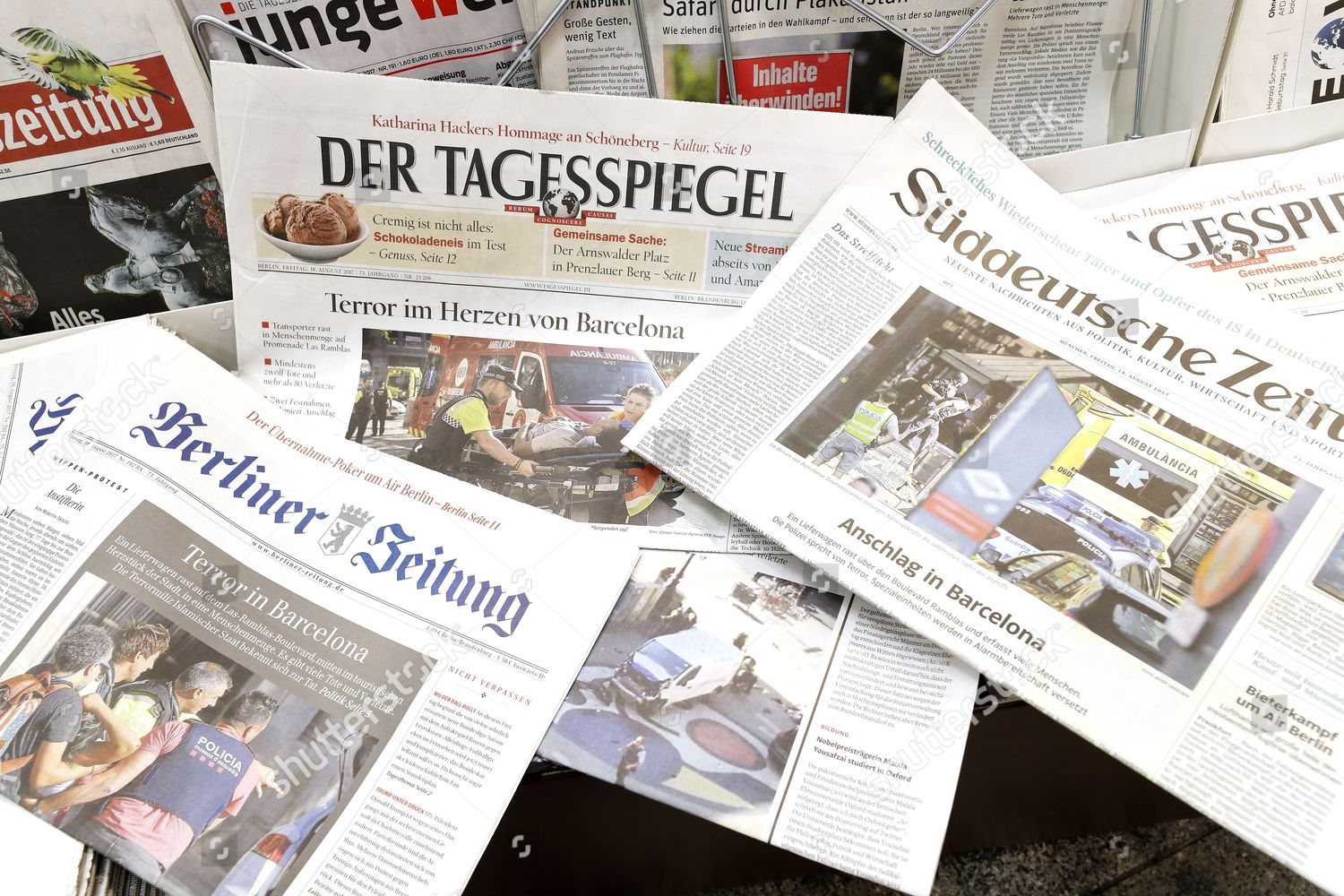
Germany. Freedom of opinion and freedom of the press are considered a precious good in Germany. As a fundamental element of democracy they are anchored in Article 5 of the Basic Law: “Every person shall have the right freely to express and disseminate his opinions in speech, writing and pictures, and to inform himself without hindrance from generally accessible sources. (…) There shall be no censorship.”
Newspapers, radio and TV in Germany
Newspapers are not managed by the state, but run by private media companies. There are two types of radio and television operators. On one hand, there are public broadcasters that have a duty to deliver basic provision of independent information, education, culture and entertainment. Every household in Germany has to pay a fee for this service. In addition, there is a broad range of private radio and TV broadcasters with programmes financed by advertising.
Press Code
Publishers, editors and journalists have a great responsibility towards society. They inform the public, contribute to opinion formation and freedom of opinion, and expose abuses. The journalistic and ethical standards for their work are laid down in the Press Code. The German Press Council is responsible for ensuring observance of the code. Readers attach importance to this: according to a representative survey by the Allensbach opinion research institute, nine out of ten German citizens consider high-quality journalism important for democracy and society in Germany. The OSCE has also praised Germany’s diverse media landscape and high journalistic standards: it says they are successful in limiting the effects of “fake news”.
The world’s fifth largest newspaper market
The wide range of newspapers and magazines is a reflection of the diversity of opinions: 323 daily newspapers, 23 weekly newspapers and six Sunday newspapers inform people not only about global affairs, but also about local events where they live. Together they have a circulation of roughly 19 million. In addition, there are also 1,626 popular magazines and a growing range of specialist publications with a current total of 5,600 titles.
Germany has the fifth largest newspaper market in the world, after China, India, Japan and the USA. According to figures from the Federation of German Newspaper Publishers, newspapers – in printed and digital form – reach three quarters of the German-speaking population every day.
Digital newspapers
The circulations of printed newspapers are falling because more and more people read their papers online: one in two Internet users in Germany regularly use the online services offered by newspaper and magazine publishers. Alongside their printed editions, they currently operate almost 700 editorial offerings on the Internet – websites, e-newspapers, smartphone apps – and distribute news on social media like Twitter, Facebook and Snapchat. 1,45 million newspapers are sold as e-newspapers and this number is steadily increasing. The future is digital: half of all publishing houses are currently planning new editorial offerings.